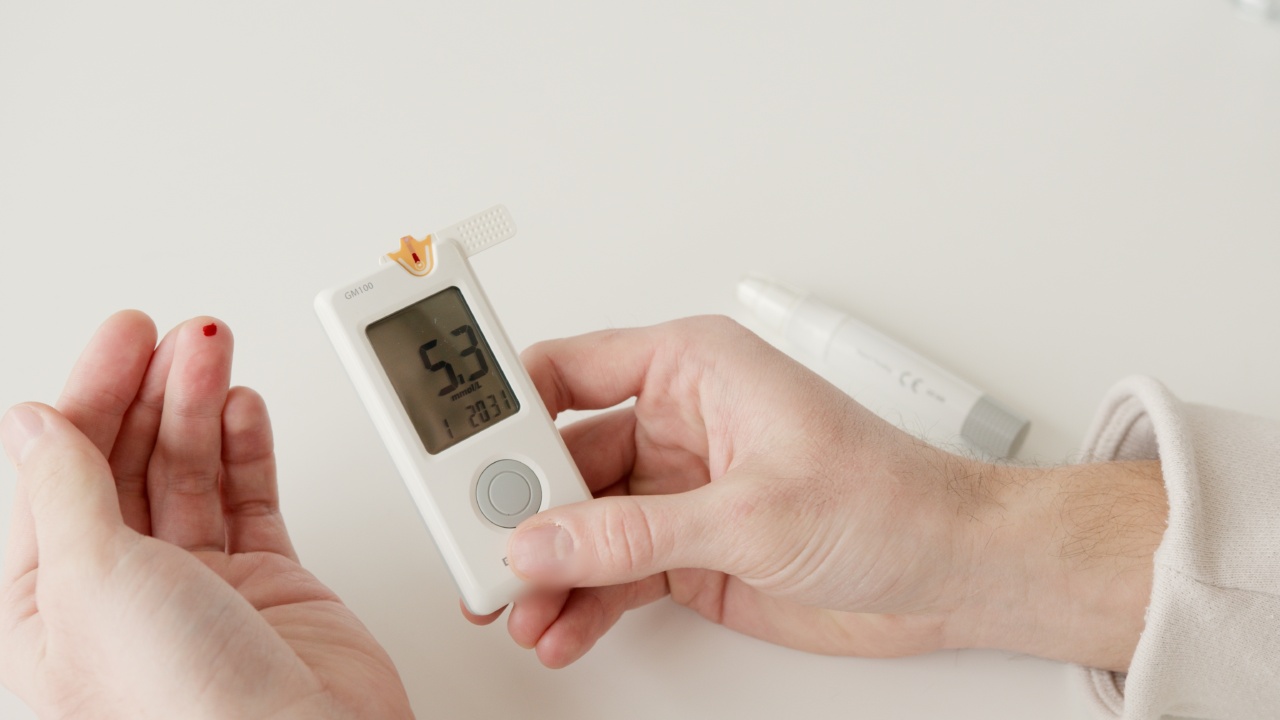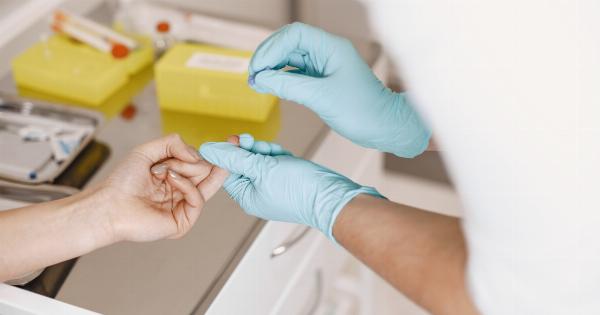Measuring blood sugar levels is a crucial aspect of managing diabetes. It is essential to monitor blood sugar levels regularly, but some mistakes are common when measuring sugar levels, leading to inaccurate results.
Misreading glucose readings can cause anxiety, confusion and can affect treatment decisions. Therefore, it is crucial to avoid these errors to ensure glycemic control. This article will highlight common errors people make when measuring blood sugar levels and how to avoid them.
1. USING AN EXPIRED TEST STRIP
Expired test strips can give incorrect glucose readings, and many people unknowingly continue to use them. Over time, glucose test strips become less accurate, and results may not be credible or consistent.
Therefore, it’s essential to check the expiration date of the test strips before using them. If expired, replace them with new ones, and dispose of the expired ones. Testing with an expired test strip may lead to incorrect dosing of insulin or other medications, resulting in hypo or hyperglycemia.
2. IMPROPER STORAGE OF TEST STRIPS
Test strips should be stored in a cool, dry place and kept away from sunlight. Exposure to light, air and heat can damage them, making them unusable. Wrong storage can cause changes to the test strips, leading to inaccurate results.
It’s best to keep the test strip vial tightly closed when not in use, and they should not be subjected to extreme temperatures or humidity.
3. NOT WASHING HANDS BEFORE TESTING
Before testing blood glucose levels, it’s essential to wash hands with soap and water to remove any food residue, dirt or oils that may interfere with readings. Skipping this step can result in inaccurate glucose readings.
After washing hands, it’s advisable to dry them thoroughly before lancing.
4. POOR LANCING TECHNIQUE
A poor lancing technique can cause excessive bleeding or insufficient blood, leading to inaccurate glucose readings.
Lancing too deep or too shallow can result in an inadequate sample or extraneous tissue from the puncture site, affecting accuracy in readings. The lancing device should be set correctly according to skin thickness and pain tolerance. It’s essential to use a fresh lancet before testing, and the puncture area should be clean and dry.
5. INADEQUATE TESTING SAMPLE
An insufficient blood sample can cause false low results, making the readings inaccurate. It’s essential to have the right amount of blood on an appropriate test strip area.
It’s recommended to use the lancet’s side of the fingertip where there is plenty of capillary action. Milking or squeezing the fingertip to get the blood sample can cause altered results, as it results in interstitial fluid or tissue fluid.
6. TESTING AT THE WRONG TIME
The blood glucose levels fluctuate throughout the day, and timing of testing is critical to getting accurate readings. Testing too soon after eating or drinking, or not waiting enough time after an insulin dose can cause false readings.
Testing fasting glucose levels in the morning before eating is the most accurate way to determine blood glucose levels. It’s advisable to consult with a doctor or a diabetes educator on when to test and how frequently one should test for glucose levels.
7. NOT CLEANING THE GLUCOMETER PROPERLY
A dirty glucose meter can cause readings to be inaccurate, affecting glycemic control. It’s essential to clean the device regularly according to the instructions.
Wipe the meter down using a soft, lint-free cloth, and use a cleansing solution on the test strip area. Avoid using alcohol or other harsh chemicals as they might affect readings. Clean the meter after every use or as directed by the user manual.
8. NOT RE-CALIBRATING THE GLUCOMETER
Glucose meters should be recalibrated periodically according to the instructions provided with the device. It’s essential to ensure that the glucometer is working correctly as inaccurate readings may occur due to poor calibration.
Failure to recalibrate may cause inaccurate readings, which can cause harm. Recalibrate the glucometer regularly as per the manufacturer’s instructions.
9. USING CONTAMINATED TEST STRIPS
Contaminated test strips can give false readings and affect glycemic control. Test strips may become contaminated by touching with bare hands, or exposure to liquids or food. It’s crucial to use a fresh testing strip each time the meter is used.
Also, avoid touching the test strip or putting it down on the surface, which can lead to contamination.
10. IGNORING SYMPTOMS OF LOW OR HIGH BLOOD SUGAR
Some people ignore the symptoms of low or high blood sugar and do not test their levels, leading to complications. Symptoms such as sweating, dizziness, confusion, and fatigue can be life-threatening if ignored.
It’s essential to follow the doctor’s guidelines and test blood sugar levels regularly, especially when experiencing symptoms.
In conclusion, accurate testing of blood sugar levels plays an essential role in the management of diabetes.
Understanding and avoiding common mistakes when measuring blood sugar levels can help patients maintain glycemic control and avoid complications. Regular consults with diabetes educators and doctors can enhance knowledge and promote healthy glucose levels in the body.

























